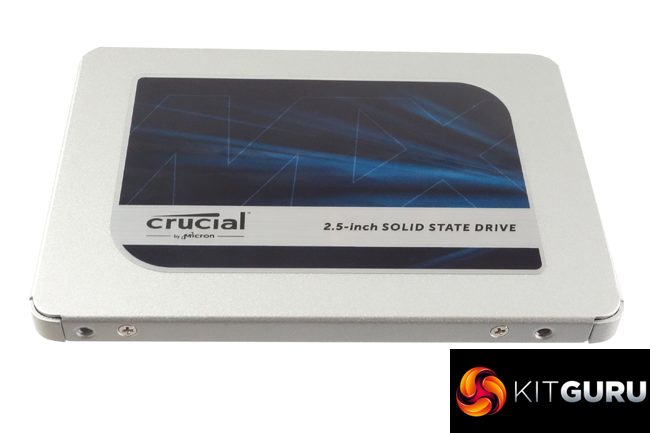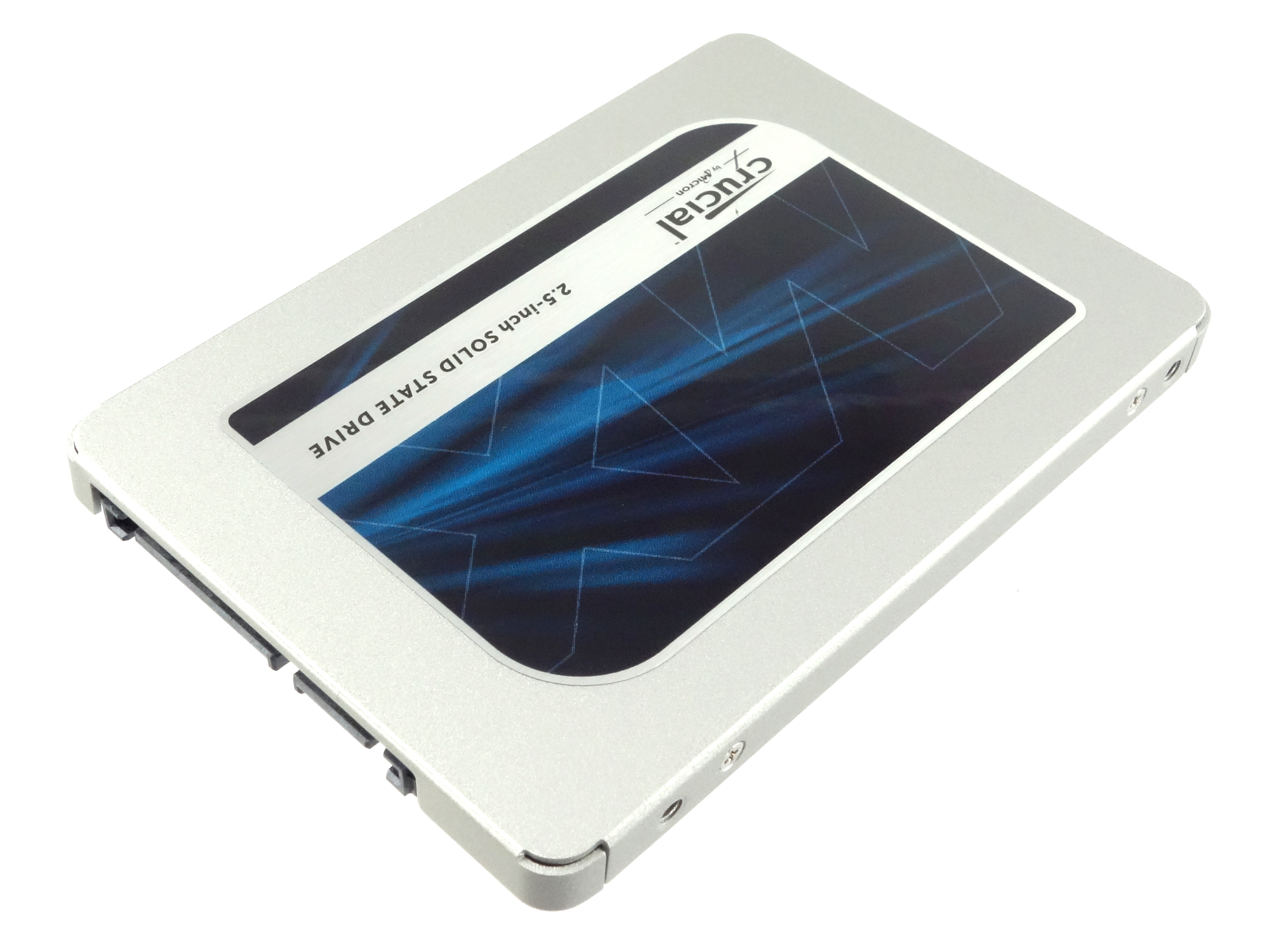

The benchmark displays test results for, not only throughput but also, IOPS and Disk Access Times.
Crystal diskmark crucial mx500 full#
Additionally, we can see that during the AS SSD Copy test that the MX500 M.2 did fairly well with the ISO and game tests reaching almost the full bandwidth.Īnvil’s Storage Utilities (ASU) is the most complete test bed available for the solid state drive today.

4K QD 1 performance is about the same as before, only 4K read comes in at almost 40MB/s while 4K write comes in at 98MB/s. Sequential performance comes in at 528MB/s for read and 486MB/s for write.

In AS SSD, the Crucial MX500 achieved an overall score of 1214 points. Transfer speeds are displayed on the left with IOPS results on the right. For the most part, AS SSD tests can be considered the ‘worst case scenario’ in obtaining data transfer speeds and many enthusiasts like AS SSD for their needs. The toughest benchmark available for solid state drives is AS SSD as it relies solely on incompressible data samples when testing performance. Taking a look at the 4K QD1 performance we can see the MX500 was able to reach 43MB/s read and just under 100MB/s write. Similar to what we saw in ATTO, the MX500 M.2 is able to deliver over 563MB/s read and 525MB/s write speeds in Crystal Disk Mark. Performance is virtually identical, regardless of data sample so we have included only that using random data samples. We can see that there is a small hit to small file performance, however, this is mainly due to the new Spectre/Meltdown patch.Ĭrystal Disk Benchmark is used to measure read and write performance through a sampling of random data which is, for the most part, incompressible. In ATTO we can see that the MX500 M2 easily exceeds its rated read and write speeds and actually was able to deliver 563MB/s read and 525MB/s write. Manufacturers prefer this method of testing as it deals with raw (compressible) data rather than random (includes incompressible data) which, although more realistic, results in lower performance results. ATTO uses RAW or compressible data and, for our benchmarks, we use a set length of 256mb and test both the read and write performance of various transfer sizes ranging from 0.5 to 8192kb. Benchmark: PassMark PerformanceTest 9.ATTO Disk Benchmark is perhaps one of the oldest benchmarks going and is definitely the main staple for manufacturer performance specifications. Introduction, Packaging, SpecificationsĨ. I will let you make your own comparisons in our list of budget SSDs in the graphs above.ġ. Lastly, in 4K QD32 read and write, the MX500 was marginally slower than the MX300 on both counts, but once again, traded punches with the MX200. Max Sequential Read, Up to 560 MB/sec (128KB Crystal Disk Mark). In 4K read and write, the MX500 pulled out way ahead of the MX200, but was only better than the MX300 in the read segment. Crucial MX500 250GB SATA SSD 2.5 - CT250MX500SSD1. Looking at the results, the MX500 was decisively better than the MX300 in both sequential and 512K read and write, but it was, on average, slower than the MX200 in the same areas. Both figures are an improvement over the MX300 though. Its read rating is slightly lower than the MX200, but the write rating is slightly improved. The Crucial MX500 500GB is rated at 95,000 IOPS for read and 90,000 IOPS for write. The ability of a controller and flash memory to deliver high IOPS will provide huge benefits to the score as well. Just a bit of background information higher capacity drives tend to perform a little better in these tests. Select test data (Random, 0Fill, 1Fill)Ĭrystal Disk Mark 3.0 is in the spotlight. Measure random 512KB, 4KB, 4KB (Queue Depth=32) reads/writes speed


 0 kommentar(er)
0 kommentar(er)
